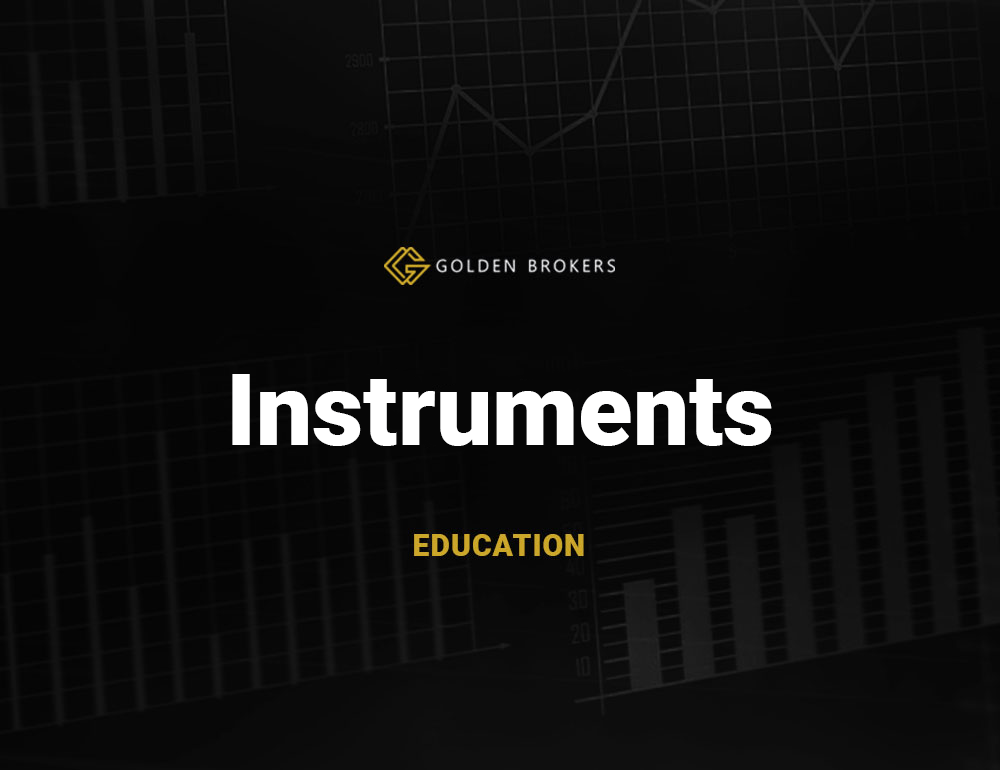In connection with online trading, clients can often come across the term CFD. It is thus important to understand it not to confuse it with other forms of trading.
CFD definition
CFD means a contract for difference. CFDs are derivative contracts traded on the over-the-counter market. In practice it means that while clients buy, for example, physical shares on a stock exchange and obtain all shareholder rights, share CFDs are purchased over the counter, i.e. the clients do not own them in fact but can speculate on their price growth or fall. CFD trading is one of the ways to invest in shares as well as other financial instruments, such as currencies, indices, or commodities.
Technically, it is an agreement between a buyer and a seller on the financial settlement of the difference between the rate of an underlying asset when the position is open and the rate of the asset when the trade is closed. The profit generated or loss incurred as a result of CFD trading correspond with the difference between the price of the underlying assets at the opening of a CFD position and the price of the asset at the closing of the position multiplied by the number of CFDs.
Typically, leverage is used for CFD trading, which is described in more detail in the following part of the series.
CFD trading risks
Like other forms of investments, CFD trading has its pros and cons. It entails certain risks that may not be appropriate for all investors. Before you start trading CFDs, you must define your investment goals precisely, test your experience, and the level of risk that is acceptable for you. You should be aware that in case of inappropriate investment, you may lose all your capital invested. For this reason, it is important to only invest money intended for investments and never invest funds that you hold as a “financial cushion for hard times”, which you cannot afford to lose.
Trading in both directions
The option to speculate in both directions, i.e. on growth and decline of the value of underlying assets, is an essential advantage of CFD trading. An open position for growth is referred to as the long position and if we assume that the value of the instrument will fall, it is a short position.
Example of a LONG POSITION
If a client thinks that gold is likely to grow against the USD, they may decide to buy gold CFDs. If gold is traded for USD 1,950, the client buys 1 lot of gold (i.e. 100 ounces) through CFD and gold grows to USD 1,960, the client generates a profit of USD 1,000 (100 ounces multiplied by a profit of USD 10 per ounce).
Example of a SHORT POSITION
If a client thinks that crude oil is likely to fall against the USD, they may decide to sell crude oil CFD. If crude oil is traded for USD 68 per barrel, the client sells 1 lot of crude oil (100 barrels) through CFD and crude oil decreased to USD 65 per barrel, the client generates a profit of USD 300 (100 barrels multiplied by a profit of USD 3 per barrel).










